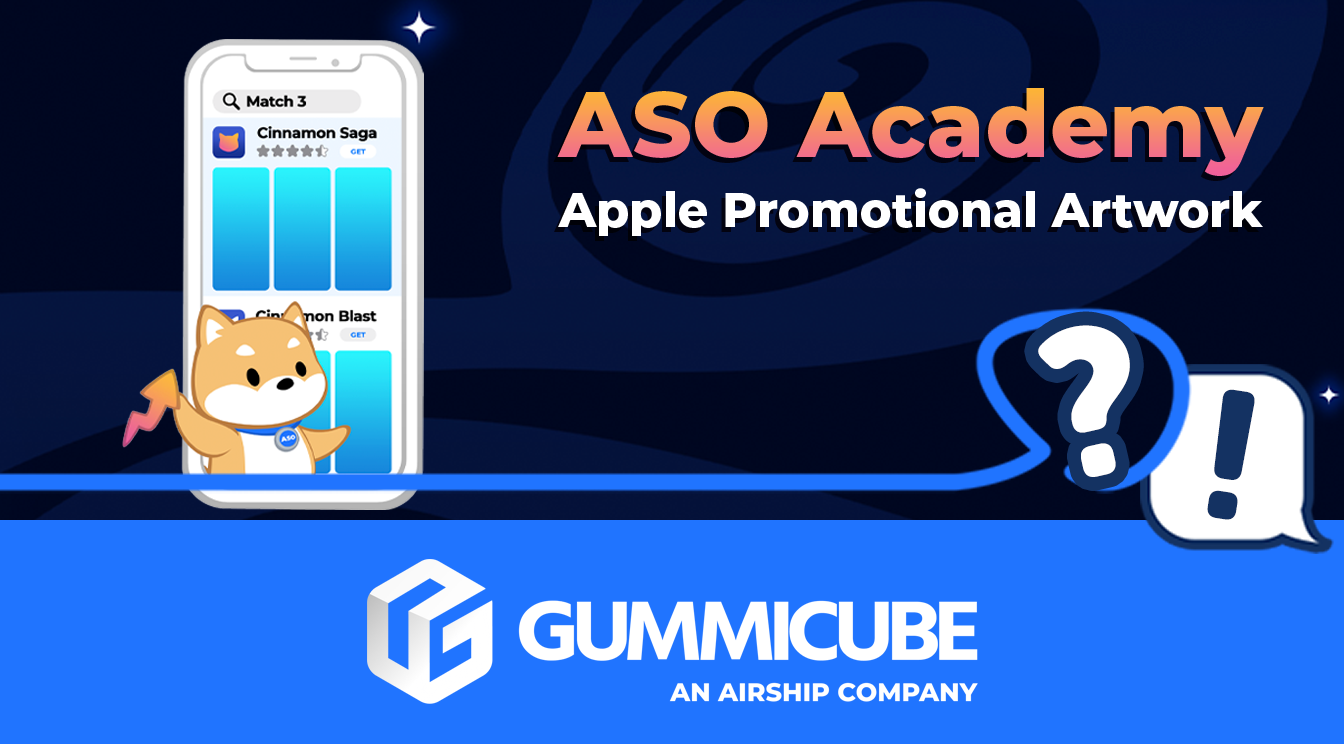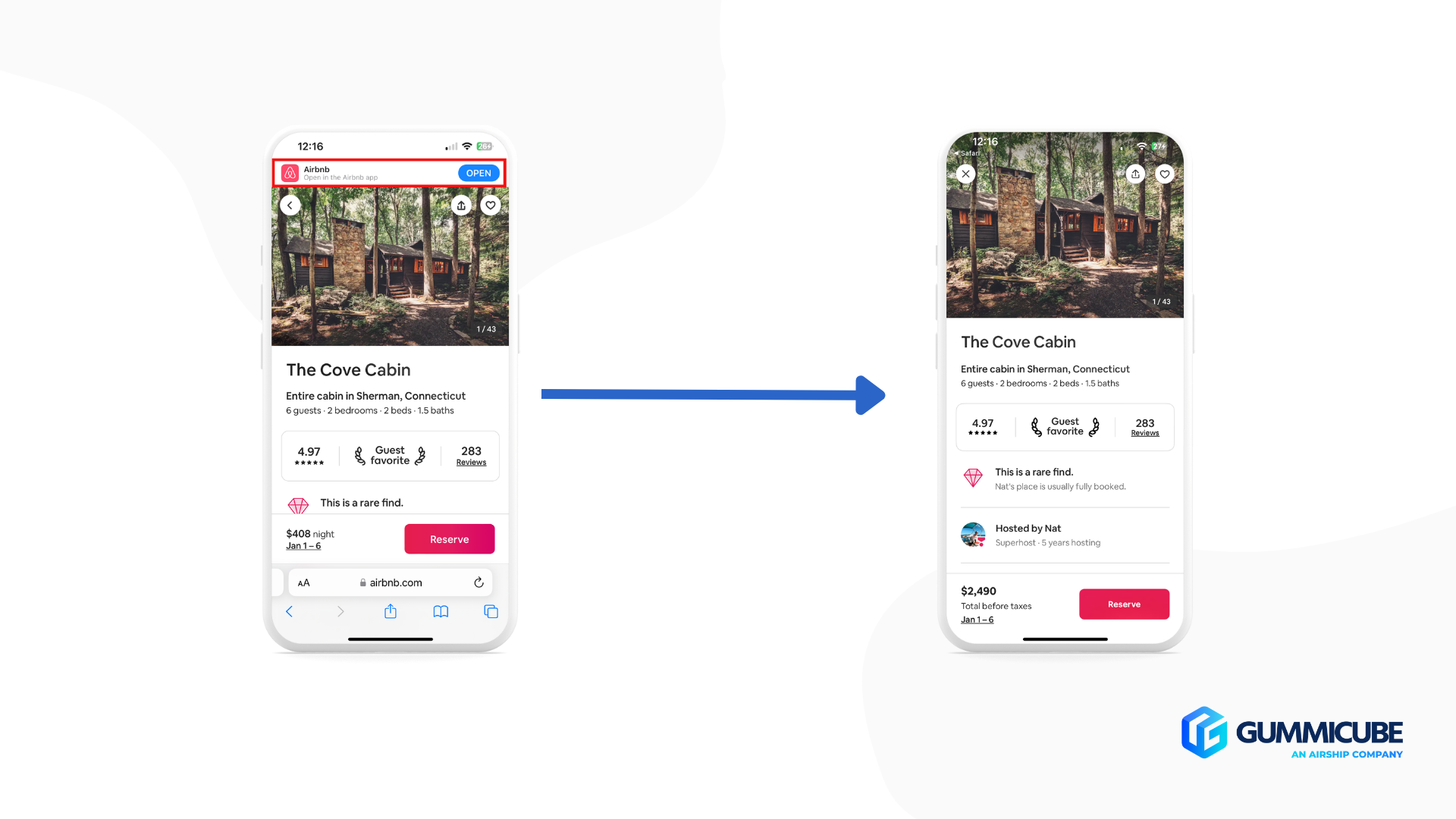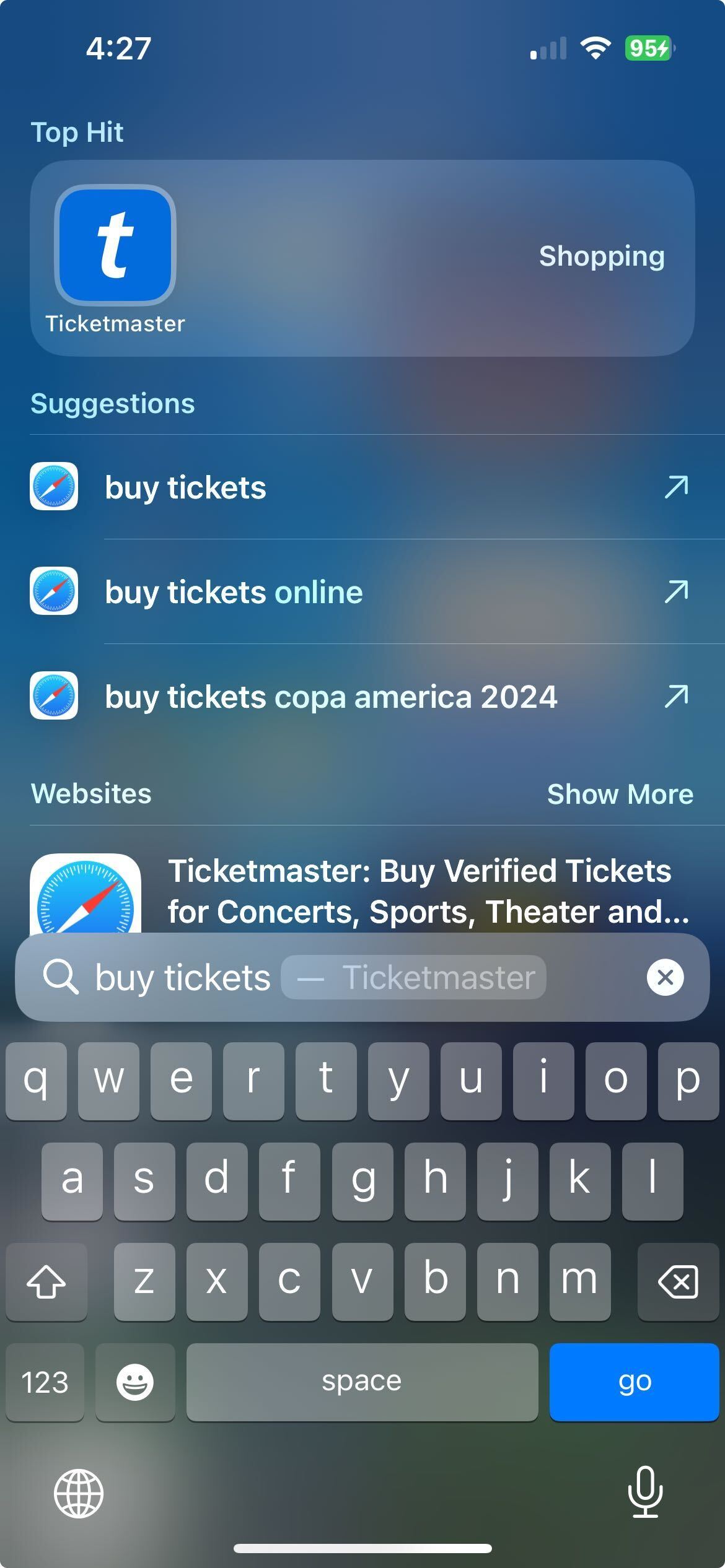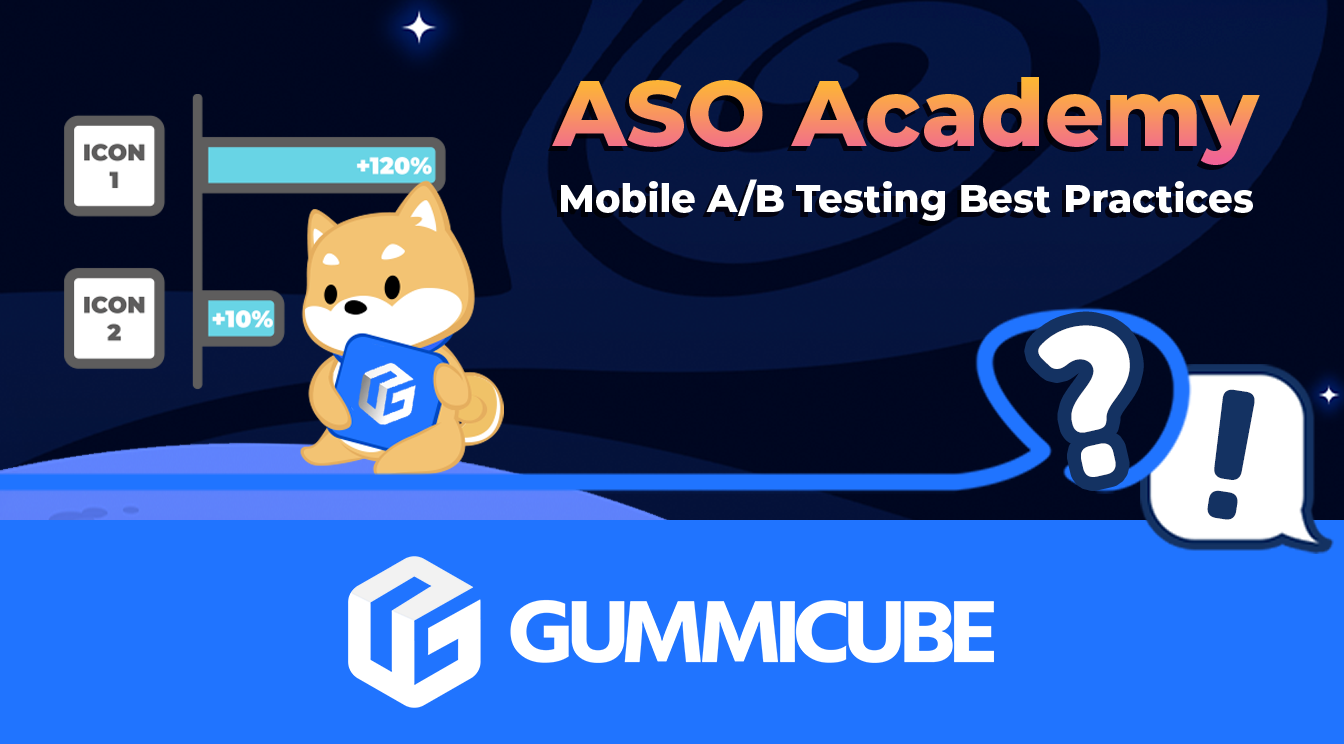
What is Apple Promotional Artwork?
Posted on April 12th, 2024
Have you been selected for an App Store feature? Your Promotional Artwork is a key element in making the most of your featured position. Here's how you can use it to your advantage.

When users need your app, it should be no more than a tap away.
That often means being able to go to an exact page in an app in an instant, rather than minimizing the screen, swiping to the app, opening it and navigating to the page. Deep linking can solve this issue.
You can deep link iOS and Android apps to help users find your app and open it to the exact page you need. Deep linking can also help your App Store Optimization, making it a valuable tool for app developers and marketers alike.
Deep linking is a way to direct users to your app from a mobile link. It uses contextual data to launch the app and bring users to a specific location on it with just a tap.
When mobile users click on a link, it will launch the app and open it to the exact content they need. This allows users to maintain a sense of continuity between mobile browsers, ads and apps.
Say you’re reading an article online, and the article cites a tweet. On a web browser, clicking on that tweet would direct you to the Twitter website. On a mobile browser, clicking on that tweet instead opens the Twitter app and brings you directly to the tweet.
If you have the app installed, it will immediately open the app. If you don’t, it may give you a prompt to download it.
This is deep linking in action.
We can see deep linking used for a number of apps, not just social media ones.
For example, when browsing a rental in AirBnB, you are met with a prompt on the top of your screen that encourages you to view the property within the app. Once tapped, it will take you to that specific property so that you can continue your booking journey.

This can be used for a wide range of app types. Searching homes for sale? A link can direct you to a real estate app and a specific listing. Searching for an address? A simple tap of the "directions" button on Google will lead you directly to your preferred navigation app. The key element is to direct users exactly where they need to go to fulfill their query.
There are three types of deep links to consider: traditional deep links, deferred deep links and contextual deep links. Each one works in slightly different ways, but the goal of each is to direct users to the app.
A traditional deep link will only open the app if a user has it installed. Clicking the link will allow users to view the page in their app by opening it immediately, but if they don’t have the app, the link will not work.
Users can still download the app themselves, but this will require them to manually go to the App Store or Play Store, search for the app and download it. They will not be directed to the content they came for unless they find the link again.
Deferred deep links can work even if users don’t have the app installed. In this case, clicking on the link will direct users to the App Store or Play Store, where they can download it immediately rather than have to search it out themselves.
Once the app is installed, it will open directly to the content the user was looking for.
Contextual deep linking goes a step beyond deferred deep linking. Not only does this allow users to install the app, it also provides information about where the link was clicked, where the users want to go and more.
This provides added value for app developers. The contextual information helps developers see what users are drawn to, which they can use for their optimization strategies. It can also be used to create personalized welcomes or referral programs, adding additional benefits to users.
Deep linking is a process that can benefit developers with apps on both the Apple App Store and Google Play Store. On Apple's platform, Universal Links take the mantle of deep linking, while Android App Links do so for their respective ecosystem.
So, how does each operating system's deep links help your App Store Optimization? To put it simply: deep links drive users to your app.
Any source that can direct traffic to your app can be valuable for ASO, and deep linking is no exception. This can help whether or not the user has the app installed.
If the user has the app installed, deep linking can increase their overall engagement. The more frequently users open an app and actively utilize it, the better your metrics will be. It may also remind users that they can always go directly to the app. This can be exemplified by iOS 17's further integration of Siri and Spotlight with in-app content, shining more light on the increased importance of deep linking.

Deep linking can also be helpful for onboarding new users. Prompting them to download the app can provide additional conversions, and if it immediately directs them to the page or product they were looking for, it creates a strong first impression. This is a great way to get new users instantly involved.
Of course, just because deep linking can direct users to the app does not guarantee they’ll convert. You’ll still need an app listing designed for conversion optimization, otherwise users may decide to search elsewhere. With good App Store Optimization and deep linking, you can reach users across the web.
Want more information regarding App Store Optimization? Contact Gummicube and we’ll help get your strategy started.

Have you been selected for an App Store feature? Your Promotional Artwork is a key element in making the most of your featured position. Here's how you can use it to your advantage.

In a continuously competitive mobile app market, resonating with your target audience can be the differentiator in standing out among the competition. The only way to determine if your app connects with its intended user base is by continuously testing different app listing variables to determine which is most effective.

How can you improve conversion through an optimized creative set and beyond? A/B testing! Let's explore some best practices...